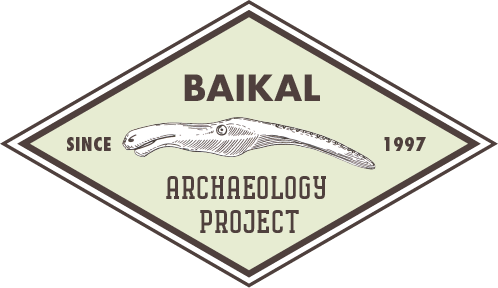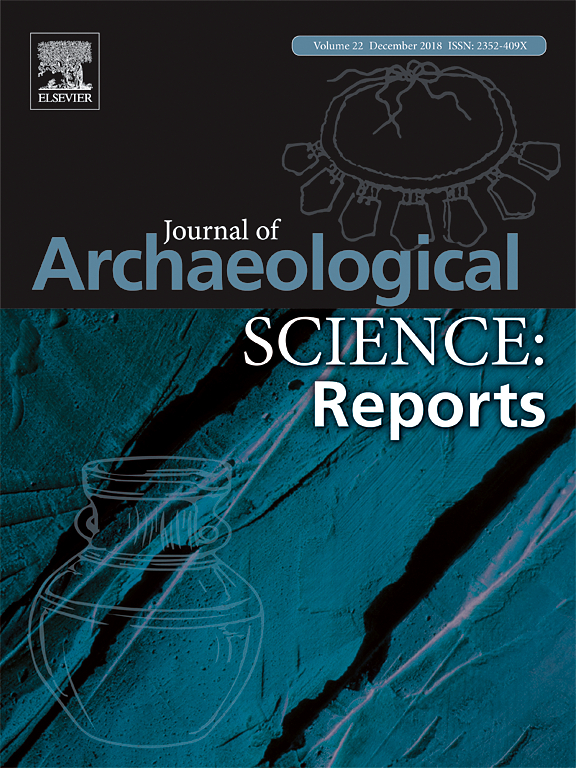Congratulations to Dr. Takumi Tsutaya, for the recent publication of his article in Journal of Archaeological Science: Reports!
The work was funded by BHAP and Core-to-Core grants, and Dr. Tsutaya would like to thank everyone for their contributions.
Title: “Effects of lipid extraction and different collagen extraction methods on archaeological fish bones and its implications for fish bone diagenesis.”
In Journal of Archaeological Science: Reports, Volume 20, August 2018, Pages 626-633.
Co-authors are Tomonari Takahashi, Rick Schulting, Takao Sato, Minoru Yoneda, Hirofumi Kato and Andrzej Weber.
Abstract: Gelatin extracted from archaeological fish bones typically exhibits relatively high C/N ratios, presumed to be caused by contamination with lipids or humic substances. The effects of lipid extraction and different collagen extraction methods applied has been studied on modern fish bones but has never been studied systematically on archaeological specimens because of taphonomic and experimental reasons. In this study, the effects of lipid extraction and order of NaOH treatment in collagen extraction method on carbon and nitrogen stable isotope analysis of archaeological fish bone (n = 30) excavated from the Hamanaka 2 site, Hokkaido, Japan (approximately 8th BC-10th AD) is investigated. Gelatin extracted from the same fish bone subsamples with or without lipid extraction procedure indicates neither significant nor systematic differences in carbon and nitrogen stable isotope ratios, elemental concentrations, C/N ratios, and yield. However, reproducibility of stable isotope ratios and elemental concentrations decrease in gelatin extracted from poorly-preserved cod bones (<3.5% yield). Gelatin extracted from archaeological fish bones may contain humic contaminants, and its effect becomes greater in gelatin with lower extraction yield. Although there is no significant change in the stable isotope and C/N ratios, change in atomic concentration of carbon and nitrogen suggests that the purity of extracted gelatin increases when NaOH treatment is applied after decalcification. Because this is only a study from one archaeological site, further case studies that evaluate lipids and diagenesis in fish bones are required.
Congratulations to Takumi and co-authors!


